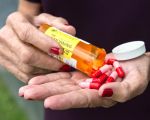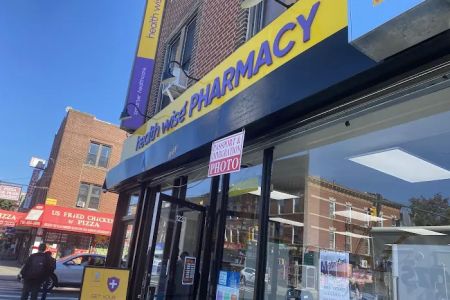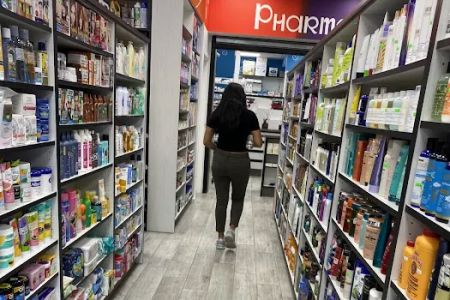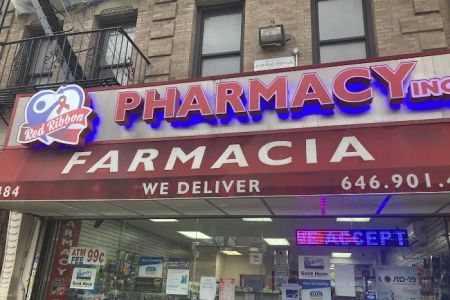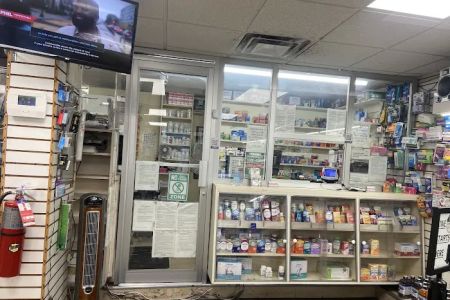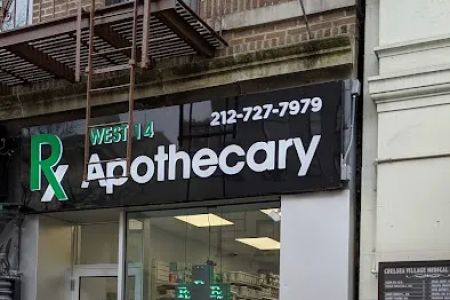Pharmacy Patient Assistance Programs in the USA
As prescription medication costs continue to rise, many patients in the United States struggle to afford their necessary treatments. Pharmacy patient assistance programs (PAPs) offer a vital lifeline to individuals who may otherwise be unable to access the medications they need. These programs, often sponsored by pharmaceutical companies, provide financial assistance to help patients afford prescription drugs, ensuring that healthcare is accessible to all, regardless of income. In this article, we’ll explore what pharmacy patient assistance programs are, how they work, and how you can apply for assistance.
1. What Are Pharmacy Patient Assistance Programs?
Pharmacy patient assistance programs (PAPs) are initiatives created by pharmaceutical companies, non-profit organizations, and government agencies to help patients afford prescription medications. These programs are particularly helpful for individuals who are uninsured or underinsured, or who face financial hardship. Depending on the program, patients may receive medication for free or at a reduced cost. The goal is to ensure that financial barriers do not prevent people from receiving the treatment they need.
Many pharmaceutical companies offer PAPs for their most commonly prescribed drugs. These programs can cover a wide range of conditions, from chronic illnesses like diabetes and hypertension to rare diseases requiring specialized treatments. It's important to understand that each program has specific eligibility requirements, such as income limits, insurance status, and medical needs.
2. How Do Pharmacy Patient Assistance Programs Work?
Pharmacy patient assistance programs are designed to be accessible, but navigating them can be a bit complex due to varying eligibility requirements and application processes. Generally, these programs work in the following way:
- Application Process: Patients must apply for assistance through the pharmaceutical company's website or by contacting the program directly. The application typically requires proof of income, insurance status, and medical need.
- Eligibility Criteria: Each program has specific criteria that must be met to qualify. These may include income caps, insurance requirements (or lack thereof), and certain health conditions that the medication treats.
- Approved Medications: Each PAP will list which medications are eligible for assistance. Not all medications from the same company will be covered under these programs, so it's important to check whether the specific medication you need is included.
- Medication Delivery: Once approved, patients typically receive the medication directly from the manufacturer or through a participating pharmacy. Some programs may also provide vouchers or cards that can be used to purchase medications at a discounted rate.
3. Who Is Eligible for Pharmacy Patient Assistance Programs?
Eligibility for pharmacy patient assistance programs varies from one program to another, but there are common factors that most programs consider:
- Income: Many PAPs have income limits, typically based on a percentage of the federal poverty level (FPL). Patients must submit documentation of their income to prove eligibility.
- Insurance Status: Some programs are only available to people who do not have insurance or whose insurance does not cover the cost of the medication. Others may have assistance programs for underinsured individuals.
- Health Conditions: Each program is designed to help patients with specific health conditions, such as cancer, cardiovascular disease, or diabetes. Patients must have a valid prescription from a doctor for the medication they are seeking assistance for.
4. Commonly Available Medications Covered by PAPs
Pharmacy patient assistance programs typically cover medications that are used to treat serious, chronic, or life-threatening conditions. Some of the most common types of medications covered by these programs include:
- Cancer Medications: Many PAPs offer assistance with cancer treatments such as chemotherapy drugs and other oncology-related medications.
- Diabetes Medications: Insulin and other medications used to manage diabetes are commonly included in patient assistance programs.
- Heart Disease Medications: Medications to treat hypertension, high cholesterol, and other cardiovascular conditions may be covered by PAPs.
- Rare Disease Medications: Specialized drugs for treating rare or orphan diseases are often eligible for assistance through pharmaceutical companies’ programs.
5. How to Apply for Pharmacy Patient Assistance Programs
The application process for pharmacy patient assistance programs can vary depending on the program and pharmaceutical company. However, the general steps for applying are as follows:
- Step 1: Research Programs: Begin by researching which pharmaceutical companies offer PAPs for the medications you need. The manufacturer's website is often the best place to find detailed information on how to apply.
- Step 2: Gather Required Documentation: Most programs will ask for proof of income, medical records, and other personal information to assess your eligibility. Be sure to have your documents ready.
- Step 3: Complete the Application: Fill out the application form online or via mail. Be sure to include all necessary documentation to avoid delays in processing your application.
- Step 4: Follow Up: After submitting your application, follow up with the program to ensure your application is being processed. Some programs may require additional information or documentation before approval.
6. Additional Resources for Pharmacy Patient Assistance
In addition to pharmaceutical company programs, there are several non-profit organizations and government resources that can help patients access affordable medications. Websites like NeedyMeds and RxAssist provide comprehensive lists of PAPs for various medications. These websites can help you find additional assistance programs, as well as contact information for companies offering support.
Additionally, your healthcare provider or pharmacist can be valuable resources in helping you navigate the process of applying for a patient assistance program. Many healthcare professionals are familiar with the various programs available and can offer advice or even assist with the application process.
It's important to note that while patient assistance programs can significantly reduce the cost of medications, they may not always cover the full cost. If you are still facing challenges in affording your medications, it’s worth exploring other options, such as generic alternatives or discount prescription cards.
SEO Title: Understanding Pharmacy Patient Assistance Programs in the USA SEO Keywords: pharmacy patient assistance programs, USA, medication help, prescription assistance, low-cost medications SEO Description: Learn how pharmacy patient assistance programs can help you access affordable medications in the USA. Find out how to apply, eligibility requirements, and what medications are covered.





